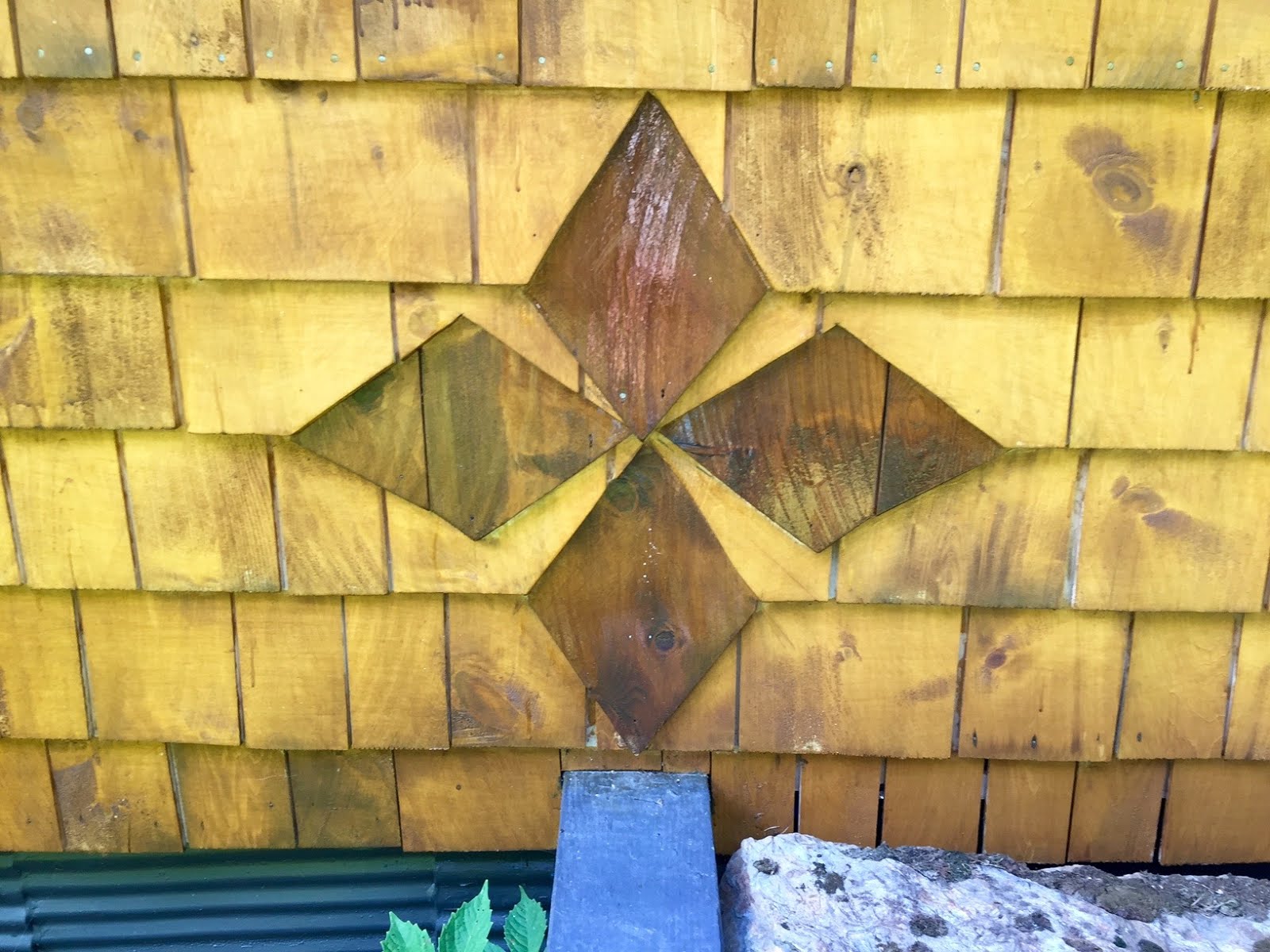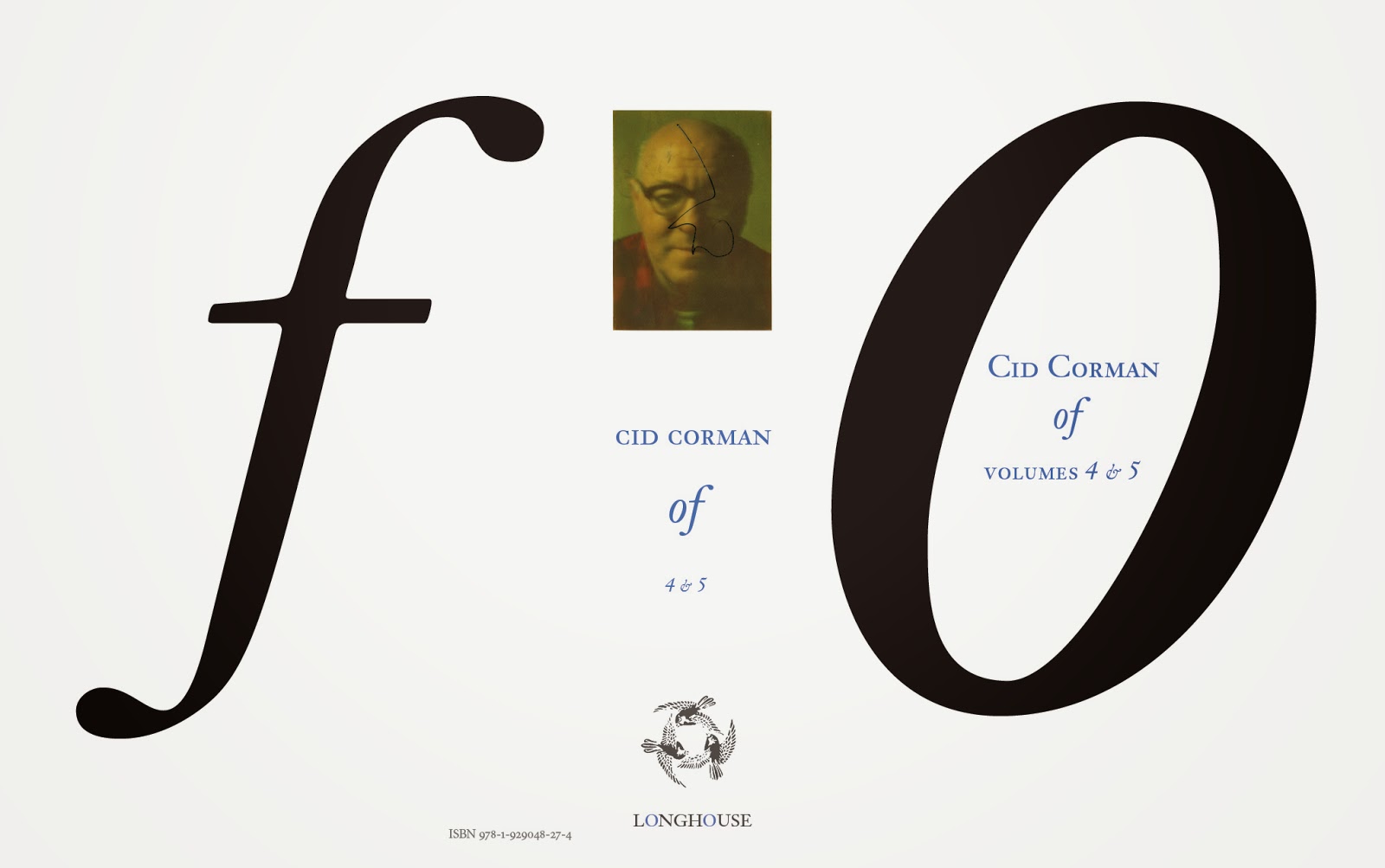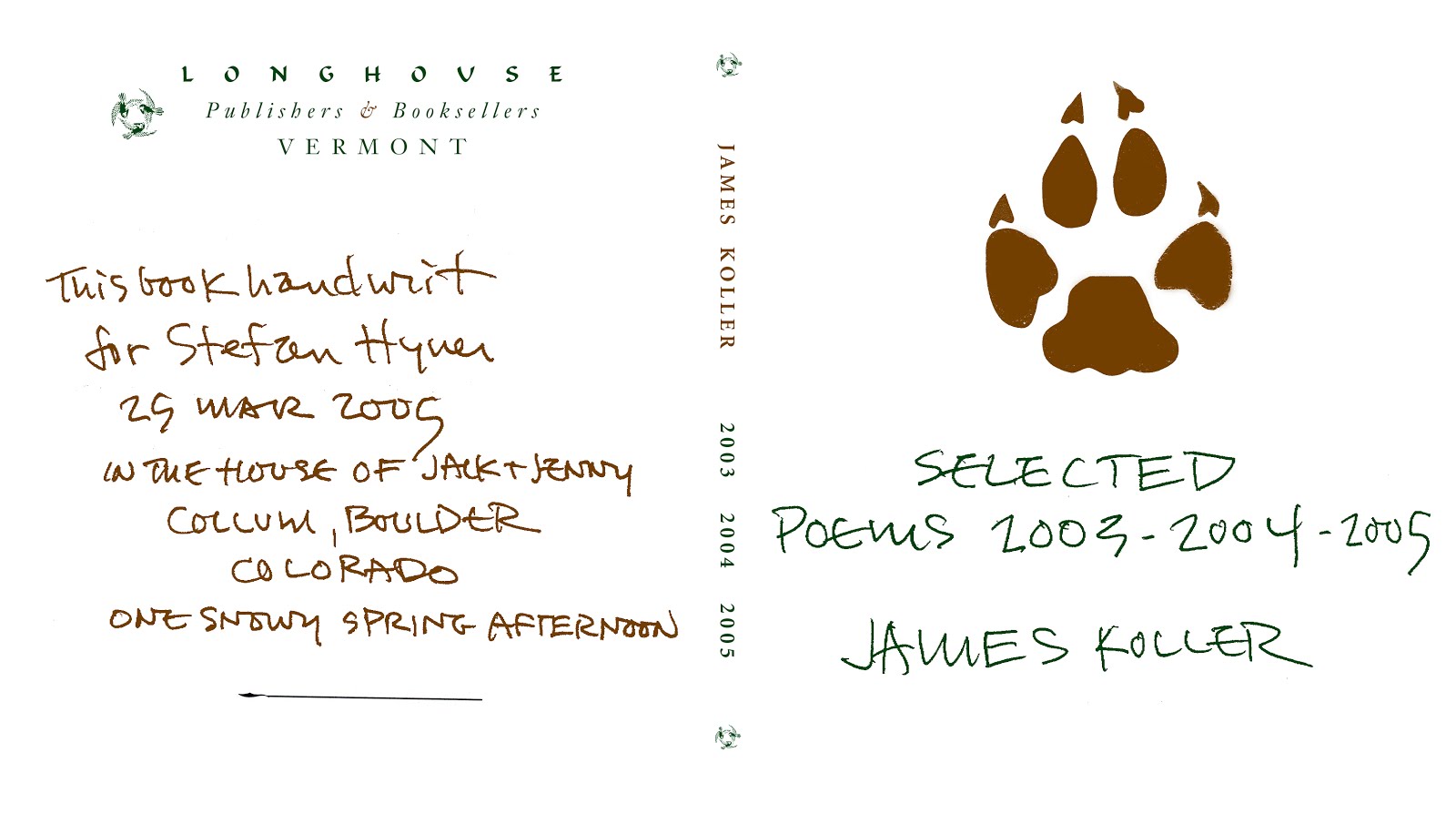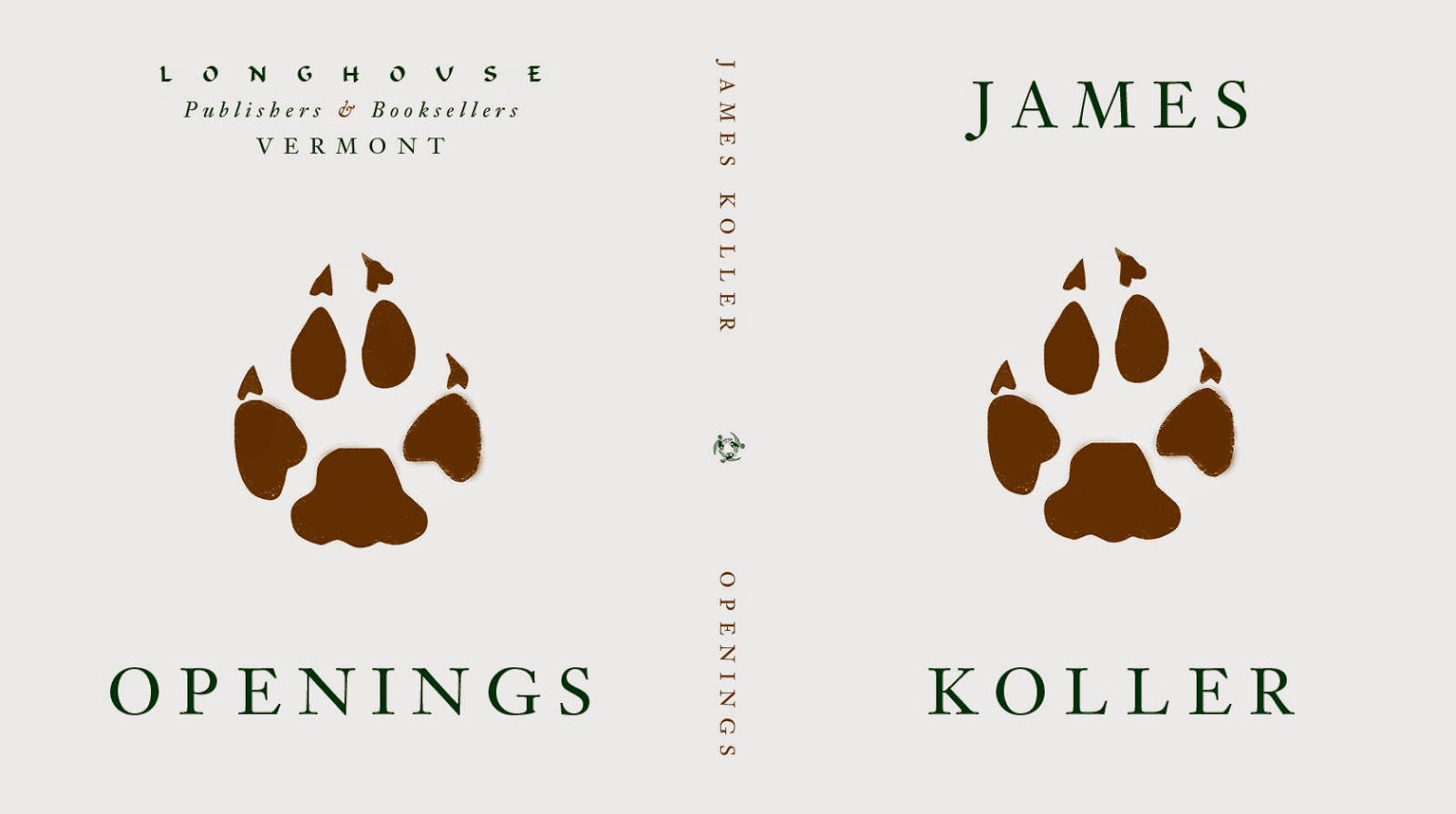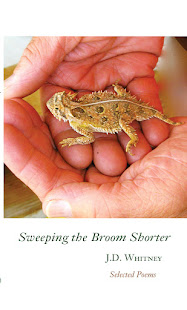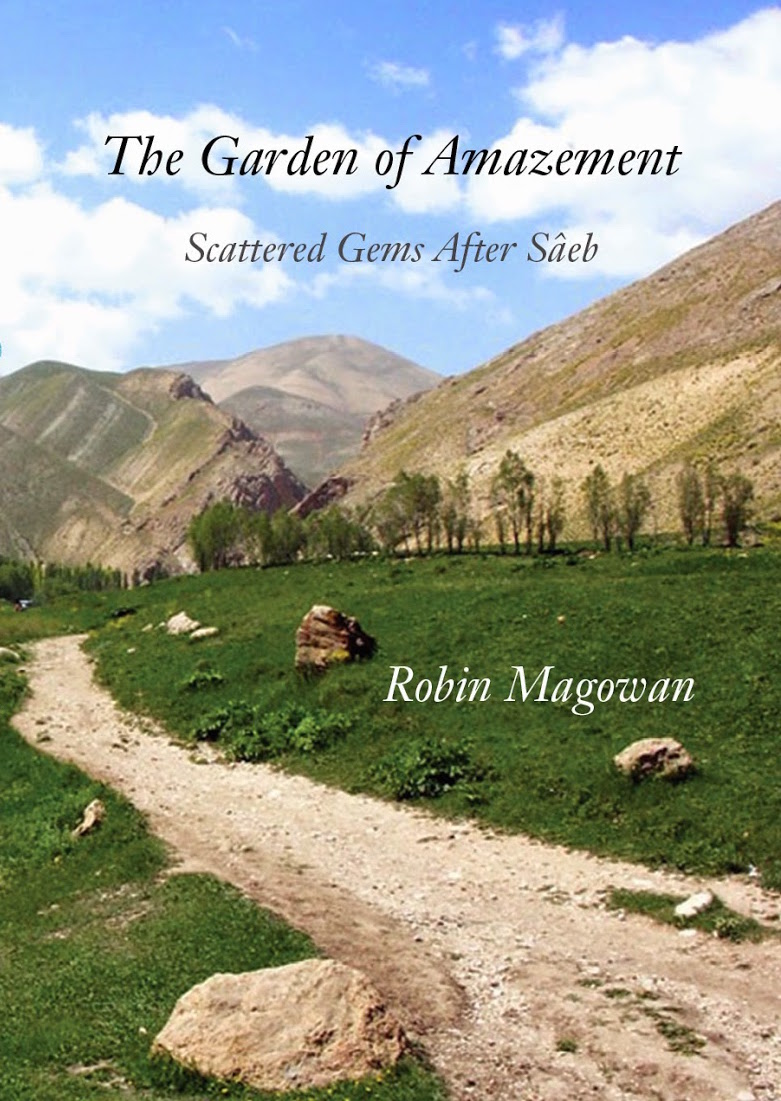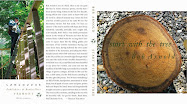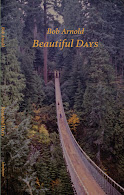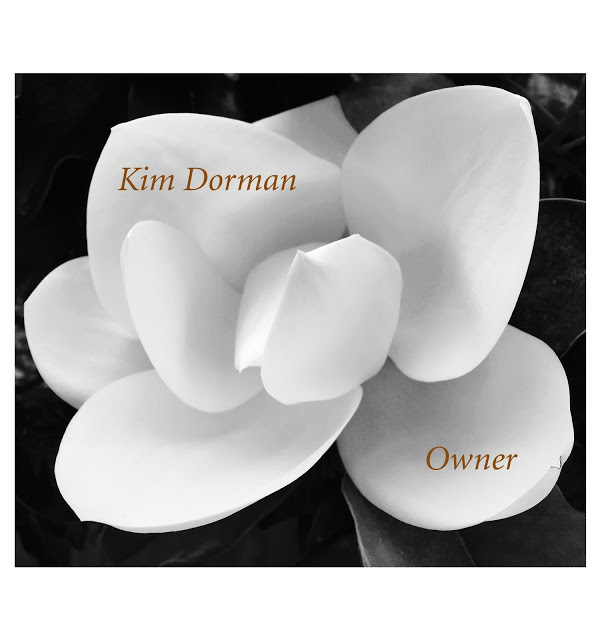Saturday, June 30, 2018
Friday, June 29, 2018
Thursday, June 28, 2018
Wednesday, June 27, 2018
BUKOWSKI ON WRITERS AND WRITING ~
As usual, Bukowski touts Fante, Jeffers, Celine
and he has his reasons. His name today would
land on his own list —not fooling with the fools
and dealing with the straight shooters, legends,
madmen and survivors.
A couple of interviews with Bukowski
come with the reading,
plus a great R. Crumb cover.
Treat yourself.
City Lights
2018
Labels:
Charles Bukowski,
City Lights,
David Stephen Calonne
Tuesday, June 26, 2018
Monday, June 25, 2018
STONE HUT (3) ~
8
You do talk to what you love, and if it is a place you are building, you might be heard talking out loud. Before May 21st the hut location was cleared of brush, beech tree, and years of moldy leaves matted from the maple trees raked away. Things were ready. The bulldozer operator hadn’t shown at the other job, so I walked home through the woods, picked up my tools in the shed and wheelbarrowed to the far corner of the backyard. I staked the four corners of the building site to visually “see” the hut, and chose the best face of this fifteen yards of ledge for the rear wall. A few diagonals and widths were measured off — it would have to be at least 12' x 12' to make room for the thick walls. All of the 12'x 12' location was made up of a two-foot high bank sloping up to the ledge. The bank would have to be cut down with a shovel and hauled away by wheelbarrow. It took about two days. I lost count of how many wheelbarrow loads, but each one was dumped only ten feet away near the topside of the pond. A good place to move it out of the way but accessible to use later. Most of the digging was bony, not good soil, but when a pocket of loam was struck I would save those shovelfuls for the six window boxes Susan wanted for flowers. The rest of the dirt could be used for the driveway washouts, repair of woods road, etc. The shovel work had an ease all its own and having it done by hand made early acquaintance with the hut. I found pretty good stone as I dug, and threw them to one side, to be of use later — especially the smaller stones that work naturally for shimming — never had enough of those. Shoveling down into the roots of stumps, and especially that beech stump, work slowed down. It took a good day, with a grub ax, clearing away so the shovel could work. For the time being the beech stump was worked around and beneath it, hoping to tip it out of the way. I work in blocks of time and two days was just right flattening the 12’x 12’ area. All the dirt was out of the way, roots chopped. The foundation trench was next to dig — four feet down from ground level and filled with gravel — better to use gravel so I could save the stone for the hut. The gravel was across the yard baking in the sun. Eight yards of gravel was enough for the small kitchen terrace, filling the trench, and to spread a few inches deep on the dirt floor of the hut. Later the largest and flattest stone I could find would be laid over the gravel for the finish floor. First, to dig the foundation, then start looking for the stone; I know where most of it is.
9
Most of the stone is in the woods of our forty-five acres. It’s a gradual climb into those woods and the lower twenty acres has become our woodlot. We’re year by year moving up the hill, a hand-built switchback access, as the firewood is cut. In the lower twenty acres there is quite a line of old stone wall. Some of it is ancient boundary lines, but most of it is fencing that was built from clearing the land. Cleared for cows to graze or potato planting. My neighbor Alden Bell tells me, with a sweep of his hand, that when he was a kid, most of these twenty acres were open potato fields. In the 1930s he was born in our house. A deer hunter once told me that he would climb the back roof of the house — in those years it was abandoned — and sit next to the chimney with his rifle and wait for the deer to poke down through the woods to the apple trees. Dirty yellow russets still grow on those trees. The deer love them. Porcupines fight over them. This hunter knew. He said he was able to see the deer coming, but now the pine and pin cherry and poplar have hidden the deer. When we bought the property a woods road was cleared by hand to reach the trees to be cut for fuel. A dozen years since and that road has become many small side roads looking for firewood trees. We cut the poorest trees, leaving the good timber trees and handsome monarchs alone. Not that we ever plan to log this land — firewood trimming is enough — we simply like the looks of those timber beasts; the maple and red oak. We selectively cut around them, and if one is dead, we might drop it. It makes little sense to lumbermen and all the sense in the world to us. One time a friend, who was studying college forestry, visited with a coworker and they wanted to walk the land and do a survey for their school work. I said sure. Susan and I walked with them for the enjoyment of the hike, but were joined by two very serious clipboard holders: measurements were taken, data logged, and a month later we received from this friend paperwork detailing what trees were good to stay and what trees should be harvested. To him the trees were a commodity. In some rare cases it works bridging the harvester with the woodlander. I’ve seen a few local farmers pay their taxes with saw logs and not put a visible dent into the forest, just graze it. I’ve seen others “firebomb” an area: cutting out every payable log-tree and mowing down any tree that is in the pathway of a dollar. We aren’t purists, we cut plenty of trees, but wish the trees to be kept woods. Having sunlight streaming into shade, look untouched, hold the dark powers. Since I’m not a purist and needed stone, I had to go after these stone walls in the woods. Borrow them from one place to go to another place. I had to harvest stone.
10
With the bank shoveled out and the ground for the site raked flat and the sun very hot for late May, it was time to dig out the foundation with black flies biting around the dirt. I would dig out a trench four feet deep shaping the outline of the three side walls, and it would be two feet wide. Enough room to work in the trench with a shovel and pick, and the correct width for the stone walls. Water was found two feet down in some places — with the pond nearby it wasn’t surprising. Three feet down clay was struck, then a large rock exactly where the 6" x 6" pressure treated posts would be fitted for the doorframe. It would have to be dug out of the way since the doorway wanted to be center with the line of ridgepole. Like most rocks it got bigger as I dug, and by the end of the morning it turned out to be three feet high and almost as wide. I eased it with the iron-bar to make clearance for the doorposts and it rolled on its shoulder into the front right corner — perfect for the footing. The next day five yards of gravel was wheelbarrowed across the yard filling the entire foundation trench, while the same time setting the doorway posts in place. Susan helped steady the posts while I dumped loads of gravel around them and packed it. Lined up the posts with a taut line level and double-checked with the four-foot level. Since all the working plans began from the apron of ledge, and that ledge is uneven, rough, and certainly not plumb, a bit of guesswork and trust of the eye was needed. The foundation trench was dug, filled, and the doorway posts were in place and solid. I would wait a week for the gravel to settle, and luckily we had two days of rain which helped pack it. After the rain the three 6" x 6" rough hemlock timbers were delivered — one was sixteen feet long for the top plate and lintel over the doorway, the other two were fourteen feet for the top plate on the two side walls. Each would be notched together and held with a ten inch spike. Holes were drilled into the notches to allow the spikes not to split the unpredictable grain of hemlock.
 |
| Spruce & hemlock 4 x 4 I harvested from trees on our land |
11
The hemlock was cut and sawn and delivered by Russell Denison’s family sawmill business in Colrain, Massachusetts. Russell and I are friends, and he’s also a friend with my father who is a lumberman, but not a sawmill lumberman like Russell. Russell has his nephew Lee cut the trees for most of their logs and Lee’s father Marshall is the sawyer. After you get to know Marshall his hands will begin to show you the wear and tear of thirty years in the logging life — no missing fingers, just a sight of nicks, scars, and wayward joints. He cut timber as a kid with Swedes who showed him how to sharpen and set the band of a crosscut saw and the simple pleasure of a bowsaw. It was a life, which eventually moved to chain saws. The heavy models first, then the lighter weight, and now the models finished off in hard plastic. When you walk into the sawmill shop, to the right of the door, on a Saturday afternoon when no one is usually logging, four or five chain saws are there on the cold concrete floor smeared in bar oil and woods grit. Jonsereds and the older yellow McCullochs, good timber saws. Marshall complains about the younger choppers who don’t keep a chain tight or sharp. It’s the difference between one chopper doing it as a job and Marshall who does it as his life. Like all the old photographs of loggers, no matter if it is New England loggers of the early century or Kinsey’s redwood fellers, Marshall is lean. A shy face with a ready smile, who now after years of logging trees, planing lumber, teaching his own son the ropes, sits some of the week sawing logs into lumber in his tiny control booth of the mill. He’ll stop the big blade if you need to pick up lumber when no one else is around. Open heart surgery awhile back had him lose almost a year of work, but he couldn’t resist being at the mill. Sawchips on his pants, lumber smell. Patiently he worked his way back. He found some dry 6" x 6" hemlock the day I called Russell looking for beams for the hut. Had them delivered the next day. Marshall also goes by the name Bing with people who know him. I call him Bing but like the sound of Marshall. It reminds me that my mother’s name is Martha but my father liked the name Penny and so she changed it to Penny, but every night when he came home from the lumberyard, and kissed my mother in the kitchen, he called her Martha. Marshall didn’t get up here to see the stone hut until it was completed. It was no big deal anyway, but I knew he also enjoyed working with stone. It was early winter of this year and I was putting in a new ceiling in one of the downstairs rooms and ordered ten panels of sheetrock from Russell. Work was slow that day, so Marshall brought it up. We unloaded it together into the woodshed. While we were out there his eyes lit into the backyard full of snow; first passing by the geese, then the old apple tree, looking a bit further until he landed on the hut. He looked at it quickly, then asked, “Say, is that your dog house?”
all photographs by Susan Arnold
Stone Hut
a builder's notebook
Bob Arnold
1988, 2013
a builder's notebook
Bob Arnold
1988, 2013
Sunday, June 24, 2018
DONALD HALL ~
Donald Hall received a National Medal of Arts from President Barack Obama in 2011.
CreditCharles Dharapak/Associated Press
CreditCharles Dharapak/Associated Press
Donald Hall
1928~ 2018
Ox Cart Man
In October of the year,
he counts potatoes dug from the brown field,
counting the seed, counting
the cellar’s portion out,
and bags the rest on the cart’s floor.
He packs wool sheared in April, honey
in combs, linen, leather
tanned from deerhide,
and vinegar in a barrel
hooped by hand at the forge’s fire.
He walks by his ox’s head, ten days
to Portsmouth Market, and sells potatoes,
and the bag that carried potatoes,
flaxseed, birch brooms, maple sugar, goose
feathers, yarn.
When the cart is empty he sells the cart.
When the cart is sold he sells the ox,
harness and yoke, and walks
home, his pockets heavy
with the year’s coin for salt and taxes,
and at home by fire’s light in November cold
stitches new harness
for next year’s ox in the barn,
and carves the yoke, and saws planks
building the cart again.
—————————————
Donald Hall
Old & New Poems
Houghton Mifflin 1990
Saturday, June 23, 2018
Friday, June 22, 2018
Thursday, June 21, 2018
Wednesday, June 20, 2018
Tuesday, June 19, 2018
Monday, June 18, 2018
STONE HUT (2) ~
 |
Bob building a farm wall for a wealthy old timer
in Wilmington Vermont, circa 1976. The man each day
would have his driver glide him down along the roadside where I was laying up rock to have a look. |
4
I was waiting on May 21st early in the morning for an appointment with a bulldozer operator to start excavating a driveway nearby I was hired to oversee. Past experiences said he wouldn’t show on time, so I walked crosslots back to the house. Three weeks earlier I had cut out the long uphill slope for the driveway; mostly hornbeam, hemlock, and a few tall poplar trees that were thrilling to fell. Poplar is the tree loggers like to call “popple,” which is okay, but for some reason every would-be woodcutter goes around saying “popple this” and “popple that” — they don’t know the tree. It sounds strange coming from them. Poplar is a hardwood and planked out makes a raw smelling lovely white wood. When we built our kitchen 1,000 feet of poplar was shiplapped for wall boards. Each year we burn three or four cord of poplar, and if properly seasoned — keep it out of the weather — it will burn good for you. Hot, but not steady like oak, and it’s best mixed with other hardwoods. It ended up that these tall poplar trees felled for the driveway were of no use to the landowner; they were mine if I hauled them away. I brought the Willys in a few evenings and loaded the logs on, stacked them back home between the apple tree and hard maple not too far from the woodshed, all cordwood length. By late fall I would cover the wood with old corrugated sheet metal I had saved from a roofing job, awful handy stuff. My neighbor Don Squires fences his pigs with the sheets, we cover cordwood. There was enough metal roofing to cover four cord every year, plus roof the duck shed when we built it. The poplar would be undercover until late winter when it was bucked for the following winter, and once the snow melted and the ground firm we moved the poplar to the woodshed by wheelbarrow. After that was done I would shift to stonework. Frost is out of the ground. The kitchen terrace was first to do. By May 21st the sun was hot by noontime, and the operator still hadn’t shown with his bulldozer. Walking out of the woodshed and looking to the northwest corner of the backyard, eight feet from the pond, I figured it was time to build the hut. I had talked to Susan about this place to build ever since we were together.
5
The essential tools for stonework are your two hands. After that you will need a few tall iron bars, sledgehammer, three-pound hammer, a four-foot level, and if you’re my type of stonemason, you might use a wheelbarrow. When we bought this house and land we needed a twenty-five year mortgage (contrary to gossip that ran up and down this valley swifter than the river — we weren’t rich), and I remember sitting in a bank in town talking credibility with one of the managers. Susan did most of the talking. But when he asked me how my stonemason business was equipped — something that would give him assurance the man of the family could pay those monthly mortgage dues — I nodded and said there was me and the wheelbarrow. Thirty seconds of dead air filled his office, and somehow we got the mortgage; must have been Susan’s job. Wheelbarrow. I worked up a half-mile of stone wall with just a shovel, iron bar, and wheelbarrow. The first one faithfully worked ten years lugging stone, and I found it behind a hunters’ camp, probably ditched after a weekend of pouring sonatubes. Wood-handles, iron wheel, shallow tray. It wasn’t easy to move but I quickly got the hang of it because it was all I had. Moved a lot of stone. Some huge. The big ones you tip the wheelbarrow on its side close to the stone and lift the stone over, leaning it into the wheelbarrow, then you ease the tray and the stone inside (sometimes it’s twice the size of the tray) back onto its wheel and haunches. It’s ready to move, carefully. Moving stone by hand or with a wheelbarrow allows that pace a stonemason should learn about — slow, with balance, feeling every bit of every stone. The two hands are the most important tools of the trade, they gradually learn the sensation of touch. Touching large stones that can mangle a hand, touching the smallest stones that will balance a lintel over a doorway. The mind pays attention with the hands, the hands speak. The stone-builder who builds with backhoe or payloader — delivers stone to the job site and the payloader lifts many of the stones into place and then backfills — this is stonework made by machine and it looks like a machine. Too perfect and mechanical. No rough edges for the eye to fall on and play with. The wheelbarrow builder touches every inch of the wall, inside and out. Rough edges smooth to an elegance and return to a rough and there is something human and durable about it. It’s handmade. It’s between the stone and the good senses of the hands at work making a stable art. Trust yourself.
6
The location of the hut was chosen. A logical spot — backed against an apron of ledge, with an eastern prospect from its front door, somewhat hidden but enough seen to be enjoyed. A stonemason gets enjoyment looking at stonework, it’s in the blood. I can stand and look at carpentry detail for long moments, as Susan and I did at Fort Ross in northern California. A fort built by the Russians in the 19th century all structured of redwood. Beautiful work, but for me nothing like stone. Especially dry stonework, the gist of balance. Having two corner stones meet on this hut with a wafer of flat stone wedged in the crack between them draws my eye to that place; the focus and simplicity many times over. It was a natural hand movement when the work was being done…two good looking face stones lifted and placed, and without thinking I was feeling in the pile of smaller stone for the right stone to fit that crack. When Susan is at the site she asks how I know a certain stone will fit — I don’t, it just happens, or my hands know more than me. It’s a rhythm of hand and mind body balance. For some reason that balance is off balance when anyone is around, thus I work alone. It’s as if I do talk completely to the stone as working companion. From looking for the stone, finding it, hauling it to the job site, throwing it down on the ground, spreading it out, see what I have, then selecting, something not fitting, dropping it back to the ground, selecting another. Back and forth. Lots of handling. Lots of what others would term “wasted time.” Each time feeling the stone and knowing the stone. After awhile it becomes a coordination of what the hand knows the same time the eyes see. It comes together when a stone is picked up and dropped into place like nothing could. It’s the same with choosing the location where to build — forget the drawings, the sun degrees, diagrams, and expensive instruments — watch the landscape through the seasons. You have worked it, cut wood over that way for many years and come to relax with the spot. It looks clear back to the house, sights over a small pond, has the company of a few tall and handsome sugar maples, and the birds seem to call from that direction early and late in the day. It should be obvious. When you walk to the site and see that expanse of ledge you are already imagining the rear wall of the hut. Brush to clear around the ledge and a small beech tree must be cut down. There is at least two feet of hillside height that will have to be shoveled away to make the floor level, and then a foundation outline for the stone side walls that will be dug four feet down. At this point all words are “down” so the hut can go up. Tomorrow I will return with tape measure, shovel, iron bar, pick, and wheelbarrow.
7
Two months into building the hut I was also working for a stretch of weeks helping my friend Bob Hauptman frame his dream house in West Wardsboro, Vermont. He knew nothing about building a house but had all the will any man could muster into getting it built. Two years earlier Susan and I had spent a half day with Bob on his twenty acres, all of it wooded, and I was hired by Bob to fell the big trees — maple, beech, spruce — he didn’t dare tackle. Only one of the trees, a spruce, gave me trouble. It wouldn’t fall — no matter the wedges — it was too punky inside to have any bite for saw or wedge, and being almost perfectly straight and balanced, it would defy easy felling. I talked a lot to the tree that day. Its stump size was an average dumptruck tire laid flat. Over seventy feet tall. Between both chain saws, the bowsaw, three wedges, and pounding on it with an ax, it keeled. But it started to fall when nothing was being done, in fact I was standing there catching my breath when I felt it move…it fell slowly and suddenly very tall and placed itself nicely; I couldn’t have done better if the tree were picked up and thrown there. And luckily it fell away from the proposed site — saved a few hours of cleaning up. I was hired to fell the trees, Bob would cleanup and later hire a bulldozer operator to carve a twist of driveway that flattened out where a few grand rock maples stood. These maples had stopped growing, they simply stood. That is where the house would go, amongst the maples, all 50' x 30' of it. No electricity. When house building began, Carson was a month old. The walls of the stone hut were four feet high, but at this job I was looking at a poured concrete foundation with threaded sill bolts stubbed every six feet. Bob had no idea where to start. By the end of the day we had all the sills on, including for the attached garage, and the main carrying-beam of the house was set in, pointing north and south. It felt good working again with spruce, common nails, a coworker. Within two months the house would be framed, windows boxed, sheathing raised, and the roof shingled. Bob did most of the sheathing when I was away on other jobs. In the summer evening after supper at home I went out and did work on the hut. Susan would sit on a swing, hung in a nearby apple tree, swinging with Carson in her lap. Just watching her swing set my rhythm for work. Watching Bob, who is a university librarian, set another rhythm — especially one day when we were leaving the job after a long day working. I was loading tools in the car while Bob stood by himself looking at the house. No big deal. I was sitting in the car and he was about to follow, but before he did he turned and said “goodbye” to the house. He might have even waved, but he said goodbye. I heard it. The house heard it. It wasn’t said for me to hear or to tell you, but I do. That “goodbye” was stronger than any nail we sank into the house that summer.
 |
Bob framing a house for and with Bob Hauptman
West Wardsboro, Vermont 1985
|
all photographs by Susan Arnold
Stone Hut
a builder's notebook
Bob Arnold
1988, 2013
Stone Hut
a builder's notebook
Bob Arnold
1988, 2013
Labels:
Longhouse,
Stone building,
Stone Hut (Bob Arnold)
Sunday, June 17, 2018
Saturday, June 16, 2018
CHRIS OFFUTT ~
Chris Offutt has written seven books and
Country Dark is the 7th and may be his finest —
although I am partial to Kentucky Straight, as well, his first book.
Everything is lean and a little mean and quite supreme in Country Dark
so one may be surprised and even disappointed that there is an
unnecessary "epilogue" at the end of this novel.
It certainly doesn't kill the book but we have become
so used to figures — human and animal — in the novel
taking off for the hills on-foot,
free and clear, and maybe
the story should have
been left that way.
[ BA ]
Grove Press
2018
Labels:
Chris Offutt,
fiction,
Grove-Atlantic,
Kentucky
Friday, June 15, 2018
Thursday, June 14, 2018
Subscribe to:
Posts (Atom)






























